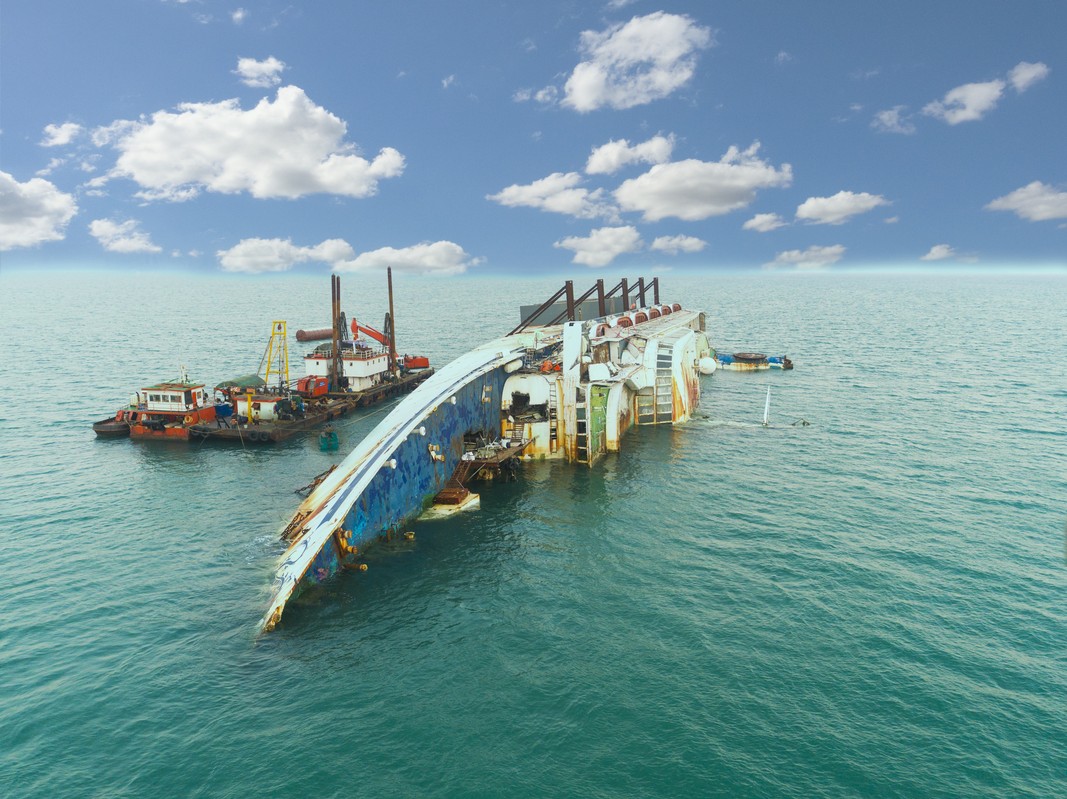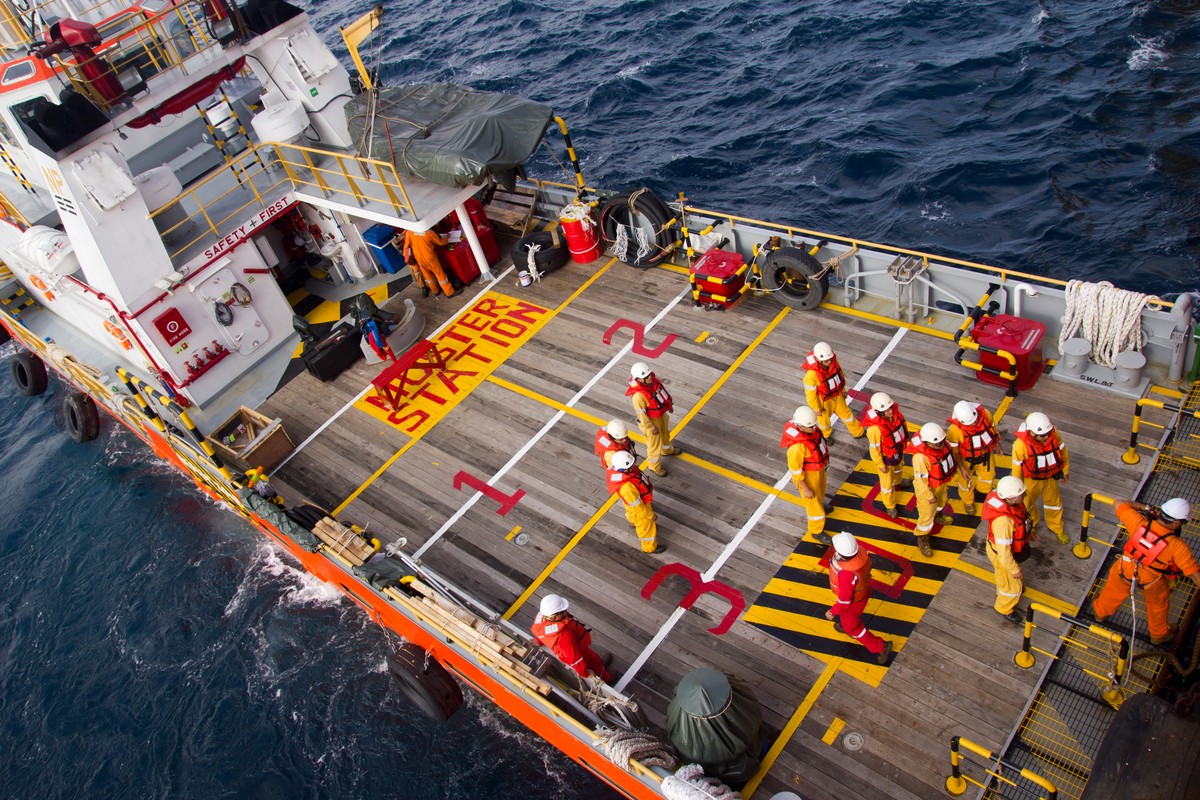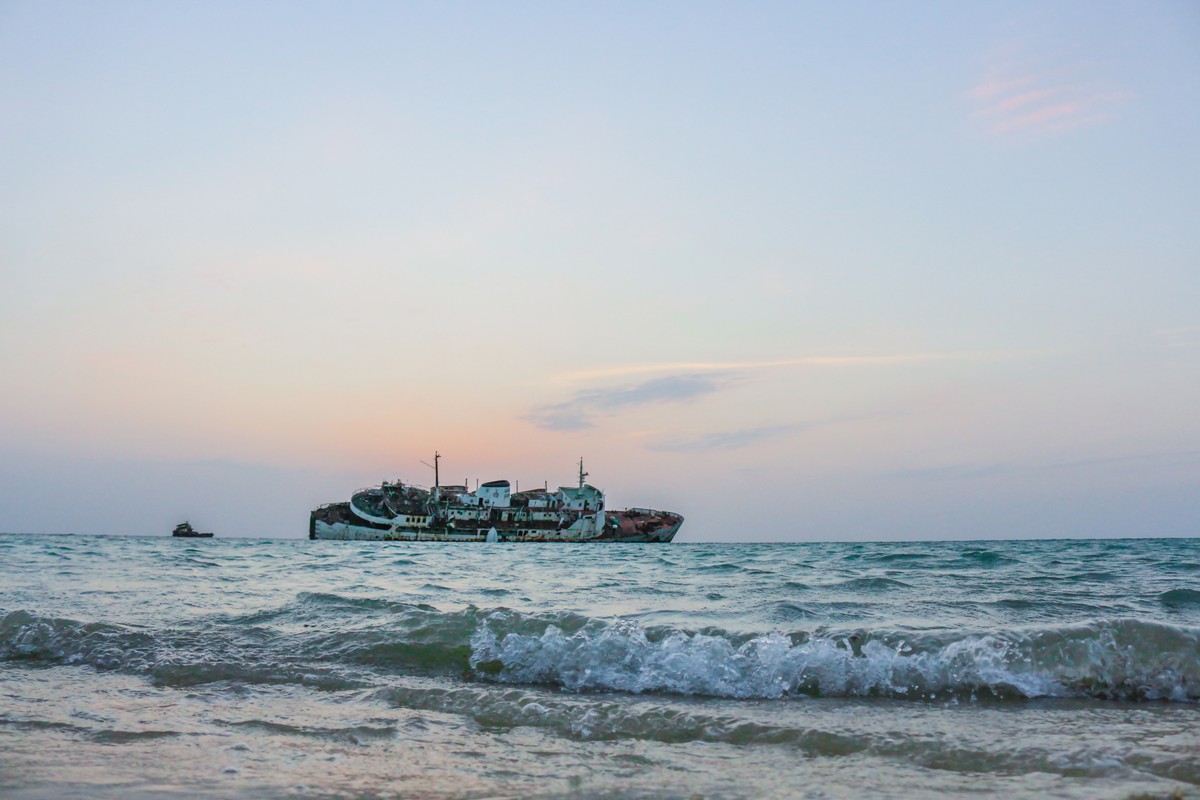
Blog
What Does It Mean for a Boat to Be Unseaworthy?
Posted in General
When you picture an unseaworthy vessel, you probably envision a rusty or rotting boat taking on water. Of course, you would be right. Such a ship would certainly be deemed unseaworthy. However, under maritime law, a ship does not need to be in danger of sinking to be considered unseaworthy. There are many circumstances onboard that will determine whether the ship, equipment, and crew are considered fit for service.
The unseaworthiness definition used by Jones Act attorneys and maritime courts applies to any “vessel” that is shown to have an inadequate design or maintenance or crew to perform its intended function. Let’s discuss what it means to be unseaworthy, the types of vessels and equipment operating under this rule, and what is needed to support claims of unseaworthiness when a crewmember is injured in the course of their duties.
The Legal Definition of an Unseaworthy Vessel
In general terms, Maritime or Admiralty law defines a seaworthy vessel as one with equipment, crew, and construction that are adequate in type, design, and maintenance to fulfill their intended functions.1 This definition goes beyond a ship’s ability to safely navigate a waterway and covers many aspects of being properly prepared to set sail.
The effect of this requirement is that ships must provide a reasonably safe environment for crew members, passengers, and cargo. The legal concept of unseaworthiness is separate from and broader than the definition of negligence.
What Is Included as a Vessel Under the Law?
The definition of “vessel” under the law is also broader than one might expect. Courts have held that the term “vessel” includes these categories, among others:
- Cargo ships
- Cruise ships
- Offshore oil rigs
- Tugboats
- Fishing vessels
- Charter boats
- Barges, even without motors and sleeping quarters
- Moored boats, including casino ships
The Jones Act Guidance About Unseaworthiness
As part of maritime law, the Jones Act in particular addresses the meaning of unseaworthiness and the consequences of failing to maintain a seaworthy vessel. While there is also a path for negligence claims under the Jones Act, under the unseaworthiness doctrine, Jones Act attorneys and injured seamen do not need to prove that negligence occurred, but only that the vessel was unseaworthy when the injury happened.
Specifically:1
- A shipowner must maintain a seaworthy vessel with all parts and equipment reasonably fit for their intended purpose.
- The operating crew must be sufficient in number and at an adequate level of competence for their assigned tasks.
- The law does not require a vessel owner to provide the best available ship, equipment, or crew—only that these be “reasonably proper and suitable” for the functions and purpose of the vessel.
Who Is Responsible for Maintaining a Seaworthy Vessel?
Maritime law is clear about who is accountable for injuries or losses due to a vessel being unseaworthy. The vessel owner is responsible to provide a seaworthy vessel, which is referred to as their absolute duty or absolute liability.2
This duty of a shipowner cannot be delegated. If a seaman is injured due to a defect in the ship, inadequate equipment, or poorly trained crewmates, he or she may file a claim of unseaworthiness against the shipowner for damages, including:
- Medical expenses
- Living costs
- Lost wages
- Loss of earning capacity
- Retraining
- Disability
- Disfigurement
- Pain and suffering
Allowing the condition of a vessel to put crew or passengers at risk is a serious matter. Criminal charges may even be filed under federal law against anyone willingly employing crew on a vessel they know to be unseaworthy.1
What Makes a Ship Unseaworthy?
As maritime courts have ruled on specific cases, the legal definition of unseaworthiness has expanded to include conditions and factors like these:
- Inadequate numbers of crew members or a lack of training for necessary tasks
- Lack of proper equipment to perform the ship’s intended function
- Defective or poorly maintained machinery and equipment
- Using an undersized or unsuitable vessel for the conditions and purpose of the voyage
- Operating vessels that are poorly designed, unstable, damaged, or in need of major repairs
- Broken or missing features essential to safety, such as ladders, stairs, handrails, safety lines, scaffolding, etc.
- Lack of proper safety equipment, or failing to follow regulations requiring sufficient emergency equipment, protective gear, flotation devices, and life rafts
- Overloading the vessel or its equipment
- Unprotected openings in the deck leading to stairwells or cargo holds
- Slippery products or substances such as hydraulic fluid or oil on surfaces
- Using or failing to remove dangerous substances like asbestos from the vessel
- Having insufficient procedures in place to cover safe operation and emergencies
- Unsafe recreational facilities or activities permitted on board
- Providing inadequate medical staff, treatment areas, supplies, or equipment
- Having insufficient galleys, cooking equipment, or provisions to meet the needs of the crew
- Allowing use of sleeping compartments that lack headroom, ladders to bunks, or adequate bedding for the crew
- Unsanitary living conditions, including tainted drinking water, spoiled food, or other basic sanitation issues
- Even poor planning can render a vessel unseaworthy—a recent decision held the shipowner liable for having a defective passage plan3
What Happens When a Crewmember Is Injured on an Unseaworthy Vessel?
When seamen are hired to work on a vessel that meets the definition of unseaworthiness, accidents and injuries often result. These types of falls, crush accidents, and medical emergencies at sea can cause life-changing injuries requiring significant compensation.
Some of these types of accidents include:
- Slip and fall accidents on decks and gangways
- Conveyor belt accidents
- Crane accidents
- Falling overboard
- Extreme temperature exposure
- Injuries caused by faulty navigation
- Falls from ladders, lines, or scaffolding
- Burns or smoke inhalation from fires or explosions
- Electrocution
- Loss of a limb
- Drowning or near-drowning
In addition to the maritime workers themselves, their loved ones may receive compensation under the Death On the High Seas Act, which allows compensation for family members if a wrongful death occurs on an unseaworthy vessel.4
Individuals who sustain injuries on board should report them to the ship’s medical officer as soon as possible, and they have up to three years to file a claim of unseaworthiness. Because the case will be heard in maritime courts, consulting with an experienced team of Jones Act attorneys may be in their best interest.
What Are Your Rights if You Are Injured at Sea?
Maritime law is complex, and there are many factors to consider when determining which laws will guide your particular claim for compensation if you are injured on an unseaworthy vessel. Obtaining legal advice earlier rather than later will provide the most available options for you or your loved one.
When the trust placed in ship owners to provide seaworthy vessels goes wrong, there are legal paths to fair compensation for those who suffer because of it. The concept of absolute duty protects seamen and women as part of the traditional laws of the sea.
If you have questions about your injuries and whether the ship you worked on was seaworthy or not, you may need an advocate to guide your next steps. At Schechter, Shaffer & Harris—Maintenance and Cure—we have a long history of defending the rights of maritime workers and will stand by your side as you navigate these troubled waters. We even offer no-interest loans for our injured clients to help them through this process. Contact us today for clear answers to your questions and concerns.
Sources:















